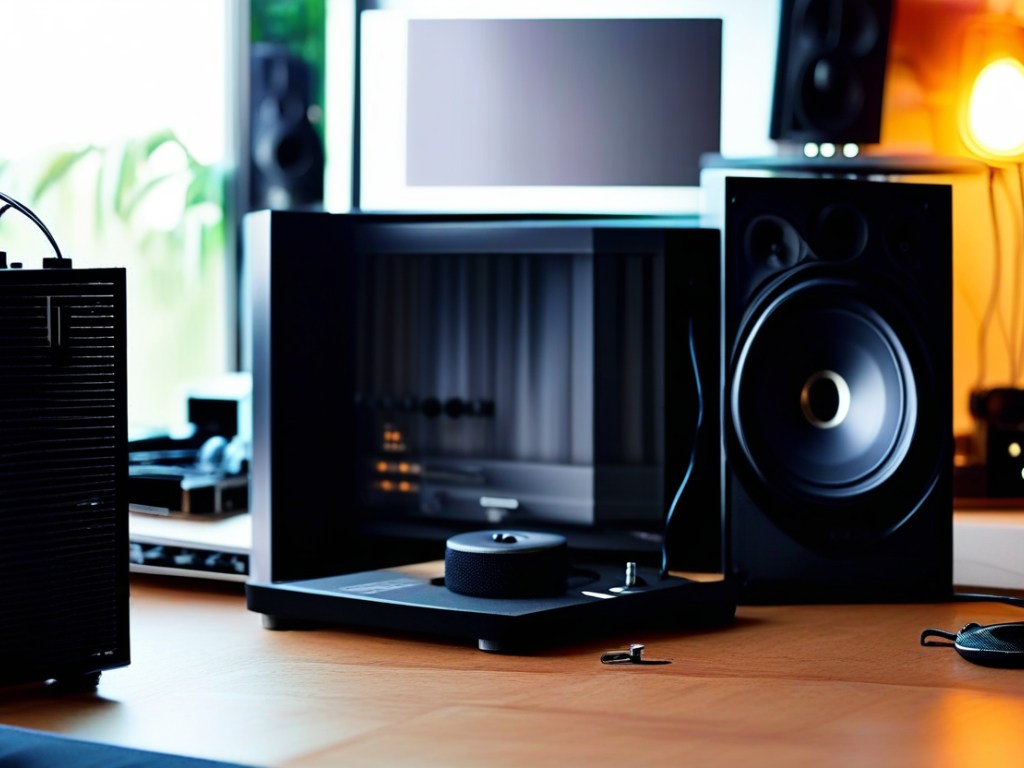Are you a music enthusiast who craves the ultimate sound quality from your music player setup? Building the perfect audio system is both an art and a science, requiring a careful selection of components, attention to detail, and a passion for exceptional sound. Whether you’re a casual listener or an audiophile striving for perfection, creating the ideal music player setup can significantly enhance your listening experience. Let’s delve into the key components and considerations needed to achieve the ultimate sound quality in your music system.
In this article you will find:
- Choosing the Right Music Player
- Optimizing Source Files
- Investing in Quality Headphones or Speakers
- Enhancing Sound with Amplification
- Fine-Tuning with Equalization and Sound Effects
- Creating a Coherent Setup
- Continual Improvement and Enjoyment
Choosing the Right Music Player
At the heart of your audio setup is the music player itself. When selecting a music player, consider factors such as audio formats supported, digital-to-analog conversion quality, output options, and user interface. High-fidelity music players like Astell&Kern, Sony Walkman, or FiiO offer superior sound quality due to advanced DACs and audio circuitry.
Optimizing Source Files
Your music collection’s quality plays a crucial role in the overall sound output. Opt for lossless audio formats like FLAC or WAV instead of compressed formats like MP3 to preserve the original sound quality. Ensure your music files are stored on a high-speed, high-capacity storage device to minimize data read errors and ensure smooth playback.
Investing in Quality Headphones or Speakers
Pair your music player with high-quality headphones or speakers to fully appreciate the nuances of your favorite tracks. Headphones from brands like Sennheiser, Beyerdynamic, or Audeze offer exceptional sound reproduction, while speakers from KEF, Bowers & Wilkins, or Klipsch deliver immersive audio experiences in a room environment.

Enhancing Sound with Amplification
Consider adding a headphone amplifier or DAC (Digital-to-Analog Converter) to your setup to further enhance sound quality. A good amplifier can drive high-impedance headphones and provide more power for dynamic sound output. DACs can improve audio signal processing and reduce distortion for cleaner, more accurate sound reproduction.
Fine-Tuning with Equalization and Sound Effects
Experiment with built-in equalizers or sound effects on your music player to customize the sound according to your preferences. Adjusting bass, treble, and mid-range frequencies can help optimize the audio output based on the genre of music you’re listening to or your personal taste in sound reproduction.
Creating a Coherent Setup
To ensure optimal performance, pay attention to the cabling, power supply, and placement of your audio components. Use high-quality audio cables to minimize signal loss and interference. Invest in power conditioning or surge protection to safeguard your equipment from electrical disturbances. Position speakers or headphones strategically for the best sound staging and imaging.
Continual Improvement and Enjoyment
Building the perfect music player setup for ultimate sound quality is an ongoing journey of discovery and enjoyment. Keep exploring new music, experimenting with different setups, and fine-tuning your audio system to achieve the best possible sound reproduction. The pursuit of exceptional sound quality is a rewarding endeavor that enriches your listening experience and deepens your appreciation for music.

